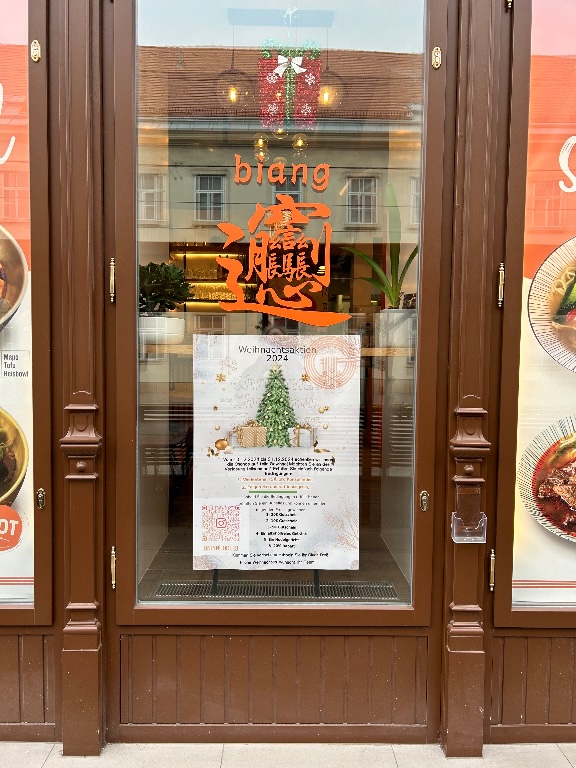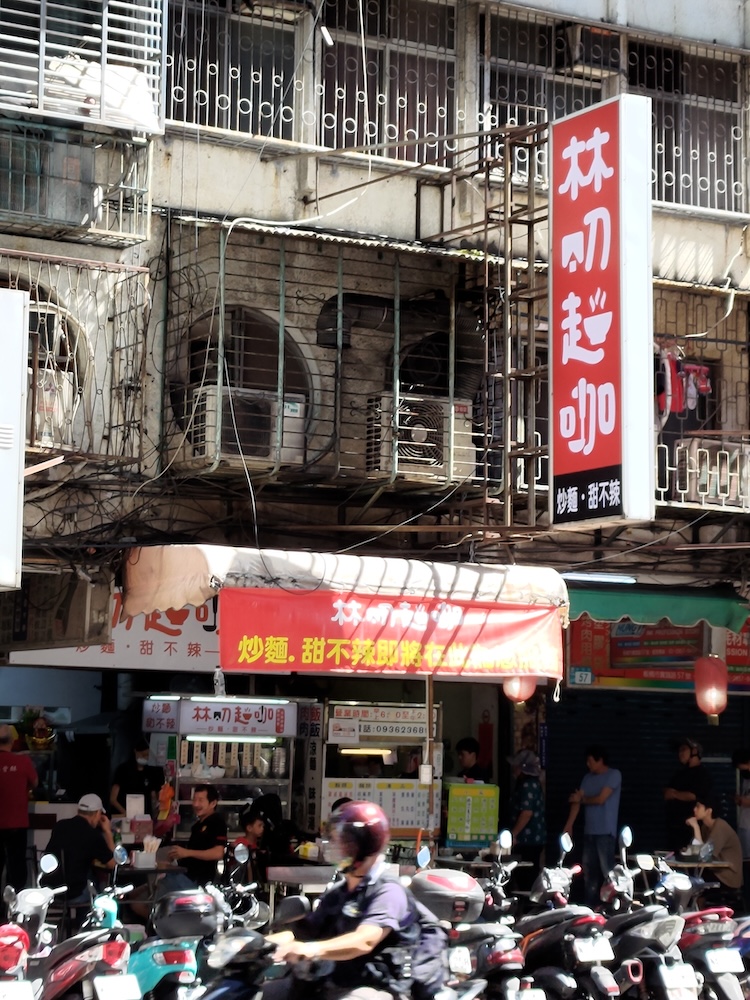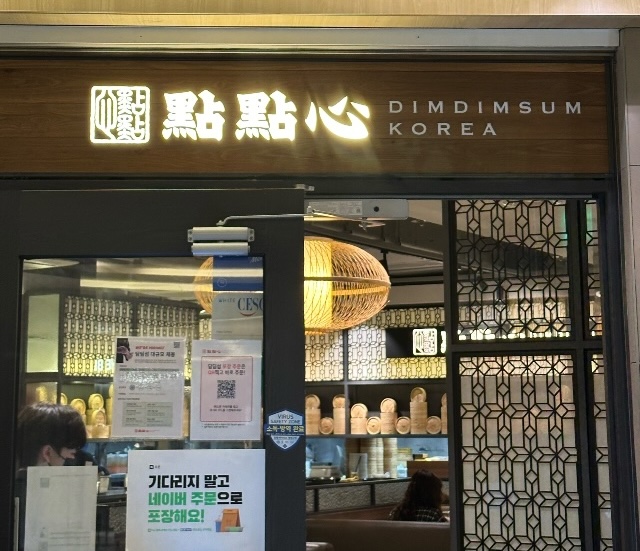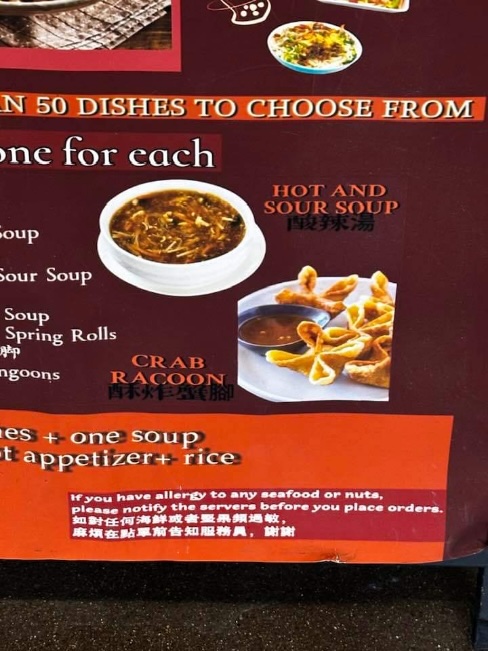Archive for Language and food
Stollen: lumpy, dumpy, stumpy
Yesterday we had a lot of fun exploring the derivation of Italian "Panettone: augmentative of the diminutive" and beyond. Another Yuletide cake I'm eating these days is German stollen, but its etymology is not so exciting:
Middle High German stolle < Old High German stollo ("post, support"), documented since the 9th century, from the Indo-European root (*stel- "to set up; standing, stiff; post, trunk") and thus related to stable (compare Greek στήλη (stēlē) ("pillar, post"). From "supporting support, post" the meaning "underground passage" (13th century) developed; the meaning "Christmas biscuits" arose from a comparison with the block-like support (18th century).
Read the rest of this entry »
Panettone: augmentative of the diminutive
'Tis the season to savor panettone, a mildly sweet Italian bread.
It is made during a long process that involves curing the dough, which is acidic, similar to sourdough. The proofing process alone takes several days, giving the cake its distinctive fluffy characteristics.
(source)
It usually contains small amounts of fruit; the variety I'm eating this afternoon has cherries and chocolate pieces — extremely delicious.
Being the irremediable language buff that I am, I could not help but marvel at the construction of the name of this delicious bread:
Read the rest of this entry »
Store sign in Taiwanese
Sign for a store that just opened in Mark Swofford's neighborhood in Banqiao, New Taipei City:
Read the rest of this entry »
Gyro, part 3
"Turkey’s döner kebab spat with Germany is turning nasty", by Daniel Thorpe, The Spectator (10/5/24)
Last April, German president Frank-Walter Steinmeier decided to bring along a 60-kilogram döner kebab on his state visit to Turkey. It did not go down well. Turks found the stunt condescending; Germans were mortified. Ankara lodged an official request with the European Commission to make the dish a ‘traditional speciality’, thereby regulating what can be sold under the name ‘döner’ in Europe.
Read the rest of this entry »
A "Deep-Fried Ghost" for October
[This is a guest post from Mok LIng*. Asterisked notes by VHM are given below.]
Since October is the month of Halloween**, I figured I'd share an appropriately macabre folk etymology.
Read the rest of this entry »
Gyro, part 2
There's a chain of about half-a-dozen fast food restaurants called Gyro Shack in Boise, Idaho, where I find myself now. They're cool little shops, just as Boise is a cool (big-)little city spread across a broad, flat plain (nearly three thousand feet in elevation) that lies at the foothills of the Rocky Mountains.
Several things about gyros perplex me. One is how the cones of meat on the vertical, rotating spit cohere and do not fall to pieces, but docilely hang in place oozing their mouthwatering juices waiting to be sliced off, layer after layer. One traditional gyro meat recipe states: "Processing the meat in the food processor and overworking it ensures that the proteins in the meat stick together, like sausage." (source) I still don't get it, since sausage has a casing to hold it together.
Never mind about that physical matter for now, What really bothers me (and lots of other people), is how to pronounce that four-letter word.
Read the rest of this entry »
Our supersubstantial rice
"Some idioms and terms pertaining to Japan's favorite grain", by Yuko Tamura, The Japan Times (9/25/24)
Rice is an essential part of the Japanese diet, so naturally it's also a part of the language. In fact, the word for "meal," ご飯 (gohan), also means "cooked rice." Before it's cooked, however, you'll see it referred to as 米 (kome). Below are a few terms and idioms that either use the kanji for rice or refer to it in some form.
- 朝飯前 (Asameshi mae): No sweat, a piece of cake. Something that can be done before breakfast. Ex., それくらい朝飯前だよ (Sore kurai asameshi mae da yo, That’s no trouble at all).
- 日常茶飯事 (Nichijō sahanji): Common, everyday things such as drinking tea or eating food that are a part of daily life. Ex., 彼の遅刻は日常茶飯事だ (Kare no chikoku wa nichijō sahanji da, His being late is a usual thing).
Read the rest of this entry »
Japan's favorite aphorism about eggplants
"Japan’s autumn eggplant: Too delicious for your daughter-in-law"
By Elizabeth Andoh, The Japan Times (Sep 1, 2024)
Cooked properly, nothing beats an eggplant for succulence, softness, and savoriness. It's so good that you almost want to keep it for yourself.
In Japan, eggplants reach their peak of flavor during a period of time known as zansho (literally "lingering heat"), the equivalent of mid-August through late September. Such aki nasu, or autumn eggplants, are especially tasty. And, because eggplant is thought to cool the body (probably due to an unusually high concentration of minerals and phytonutrients in late-harvest fruit), dishes made with them are particularly inviting on days when heat and humidity sap the appetite.
Most varieties of Japanese eggplants boast tender, deeply purple skins and juicy, pale yellow-green flesh. They are all nearly seedless, and some varieties, such as Kamo nasu grown around Kyoto, are bulbous and squat. Others, such as Hakata nasu grown in Kyushu, are long and slender. All true Japanese varieties have a dark calyx, not a green one. Most people think of eggplant and other members of the nightshade family such as tomatoes as vegetables because of their savory taste — botanically, however, they are fruit.
Read the rest of this entry »
A medieval Chinese cousin of Eastern European cherry pierogi?
As a starting point for pierogi, here's a basic definition:
Pierogi, one or more dumplings of Polish origin, made of unleavened dough filled with meat, vegetables, or fruit and boiled or fried or both. In Polish pierogi is the plural form of pieróg (“dumpling”), but in English the word pierogi is usually treated as either singular or plural.
Now, turning to Asia, we are familiar with the Tang period scholar, poet, and official, Duàn Chéngshì 段成式 (d. 863), as the compiler of Yǒuyáng zázǔ 酉陽雜俎 (Miscellaneous Morsels from Youyang), a bountiful miscellany of tales and legends from China and abroad. Yǒuyáng zázǔ is especially famous for including the first published version of the Cinderella story in the world, but it also contains many other stories and themes derived from foreign sources.
Read the rest of this entry »



